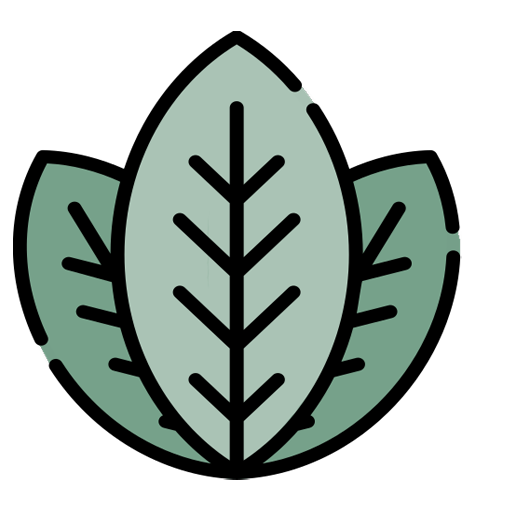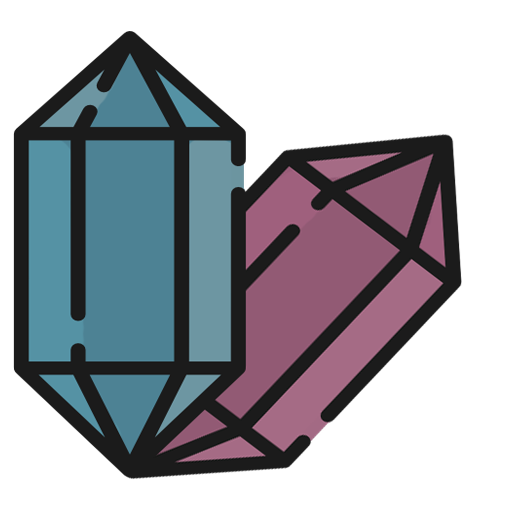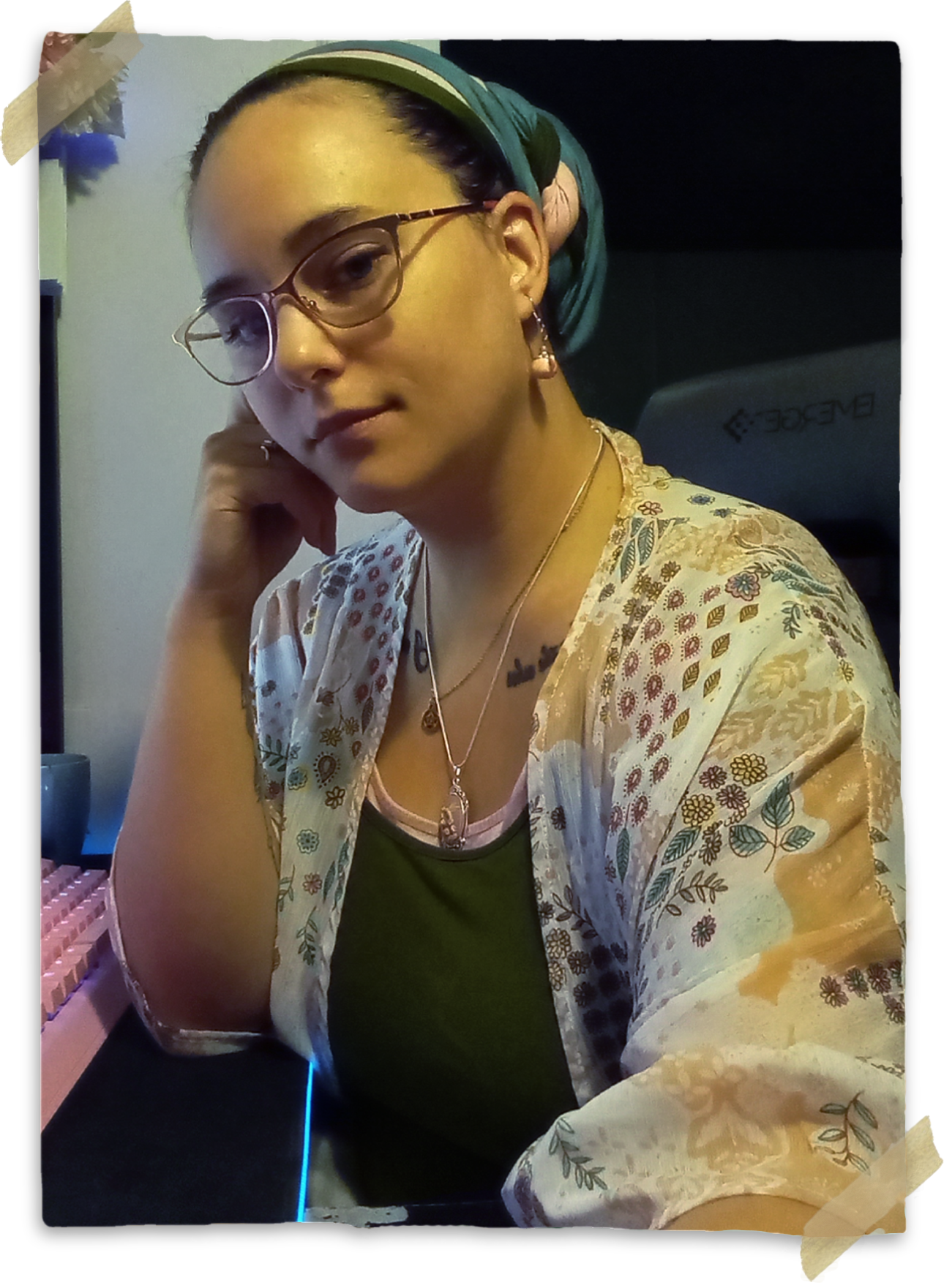Semain e'Imalda Fenenia
The Festival of the Winter Sun
The Early Years
Arriving during the peak of Tolara's Cold Season, the first people to stand upon the new continent's rocky shores found little but bleak solitude; nothing about this seemingly ancient and undiscovered land resembled the homelands they were so used to- including the snow that carpeted the ground beneath their feet. While it was a beautiful, almost ethereal sight to behold, the snow and cold would prove to be deadly; huddled together in their makeshift shelters with little in the way of supplies, many of those who would call the continent their home in the early years were lost to its harshness- whether they succumbed to injury, exposure, or frost bite, or met some other grizzly fate at Tolara's hands. One among the original crew of The Golden Duchess, however, refused to give up: Imalda e'Yisonn, an E'inaran (Solar Elf) woman who hailed from the shores of Olienn. At night, when the sun was well below the horizon, Imalda prayed fiercely to the Gods of her people that they provide food for their survival. And each day at dawn, after her prayers had ended, she set out with her quarterstaff to forage for food for the settlement- refusing to return until the last light had left the sky. Yet every day she returned empty handed save for a rabbit here, or a handful of a familiar marshweed there- until one day, she didn't; while attempting to forage what little she could for the survivors one morning, Imalda finally discovered something. Hidden among the dead grasses of Winter grew a number of flowers that were large and pink in color. Among the barren boughs of a tree, hundreds of rich smelling, palm sized citrus fruits. And in a little bush on the edges of a creek, tiny little berries grew. She was overjoyed and wept with happiness at their sight. Considering them a gift from Farenthal for keeping her faith, she bundled as much as she could carry into the skirts of her last good dress and rushed back to the settlement as fast as she could. As Tolara grew and developed during the early years, it was the bounty discovered by Imalda e'Yisonn that day which would become staple Winter foods in the settler's diets. Over time, they would be called Imalda's Blessing- or Amatis (the flowers), Laya (the Citrus), and Eranwe (the berries) individually.
Origins
The survivors of the first crew of The Golden Duchess, and subsequent crews and cargo to settle Tolara. Official Establishment
1 Jenethi 5760, with the signing of The Opal Accords. Other Names
Most commonly celebrated from 28th, 29th, and 30th Oboran (through) 1st, 2nd, and 3rd Nedalia
The survivors of the first crew of The Golden Duchess, and subsequent crews and cargo to settle Tolara. Official Establishment
1 Jenethi 5760, with the signing of The Opal Accords. Other Names
- Festival of Imalda's Bounty
- Imalda's Light
- Imalda's Blessing
- Festival of the Winter Sun
- Festival of the First
Most commonly celebrated from 28th, 29th, and 30th Oboran (through) 1st, 2nd, and 3rd Nedalia






















Comments
Author's Notes